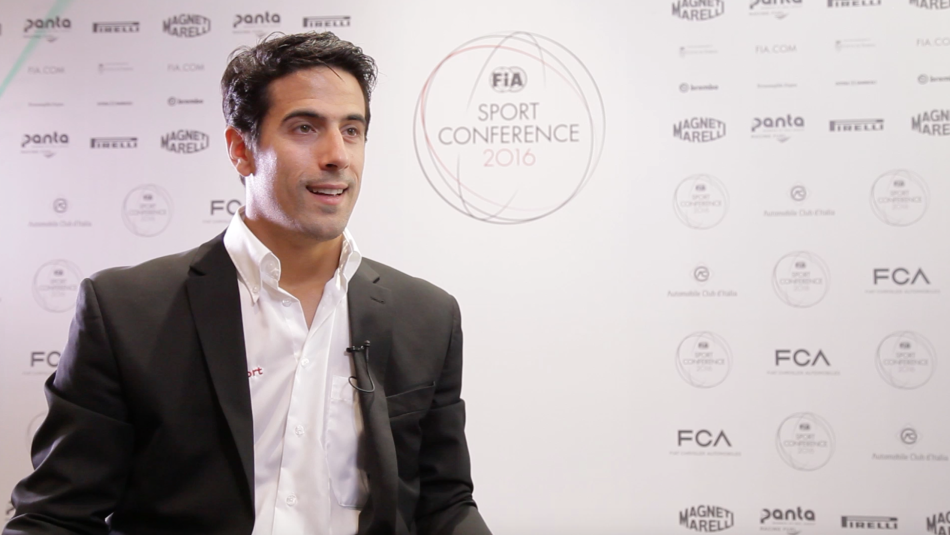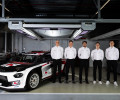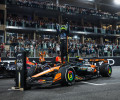Power Player

Q You were just in Le Mans with Audi, can you tell us about that challenge, that experience as a driver?
A Le Mans is a fantastic race, a fantastic week, especially with Audi. We had a 100% record of podium finishes but this race was almost an exception. However, in the end it wasn’t, for a sad reason really, because I think the whole of Le Mans was about Toyota leading the race and stopping five minutes before the race finished. They have been trying to win the race for so long, they had the pace and they did a fantastic job, so I felt really sorry for them.
But of course, racing is racing, you have the rules and we managed third. For me it’s three podiums in four participations at Le Mans, but I still haven’t won, so I’m definitely going to work even harder next year.
Q How does it feel to jump from an LMP1 machine into a Formula E single-seater?
A It’s a huge difference. It’s not like driving a GT with one tyre and then another GT with another tyre. The jump is so big – the grip level, the power, Le Mans being a four-wheel-drive car, the speeds – that my brain really has two driving techniques, one for WEC and one for Formula E.
It doesn’t really have any negative side. In fact, there are positives. Because both championships are energy efficiency championships, what I learn from one side I can take to another.
For example, doing a certain corner with a specific corner radius in WEC I can replicate that in Formula E. For me, this is the reason why we have 10 or 11 WEC drivers competing in Formula E and all of them are getting good results.
Q Le Mans has long and glorious history but in Formula E you’re almost writing history on a clean sheet of paper. That must be quite exciting?
A Yes, it gives me the possibility to see how motor sport has evolved from the first Le Mans race in 1923 up to now and how a new championship with a new form of pure electric energy is shaping up.
For me to have this feel for these two different worlds is very important. But more importantly they are converging. The efficiency, the electrification of the drivetrains in Le Mans, the technologies, you could put them in Formula E and vice versa.
Q Simulation tools are a critical part of being a top driver. How close are they to reality?
A As a professional racing driver you can only extract so much from a simulator. It doesn’t matter how good the simulator is it’s physically impossible to generate the acceleration you have on a race car.
A lot of your finely-tuned senses as a professional racing driver are related to the g-forces, how it feels, how much g-force you are producing on the front axle and rear axle of the car.
Simulators can only get you to a certain level in aiding you as a real driver. If you don’t know the track it’s a massive help, especially when you have very limited running, as in Formula E where we have only 45 minutes of free practice. There it has a huge impact, because if you do well on the simulator and it is close enough to reality you start at 90% or 95% of the lap time. In the case that you don’t use the simulator you would start at maybe 80% or 70%.
However, for F1 drivers who have been at Silverstone for 10 or 15 years and they have three and a half hours of practice before qualifying, it’s irrelevant. It doesn’t matter if they start at 90% or 95% of the lap time, in three hours you reach your maximum anyway. In this point I agree with Lewis Hamilton that it’s just a very good game.

 Facebook
Facebook Twitter
Twitter






